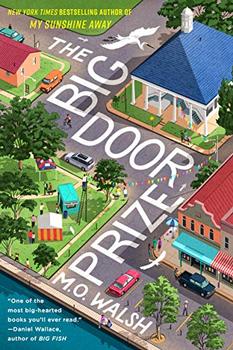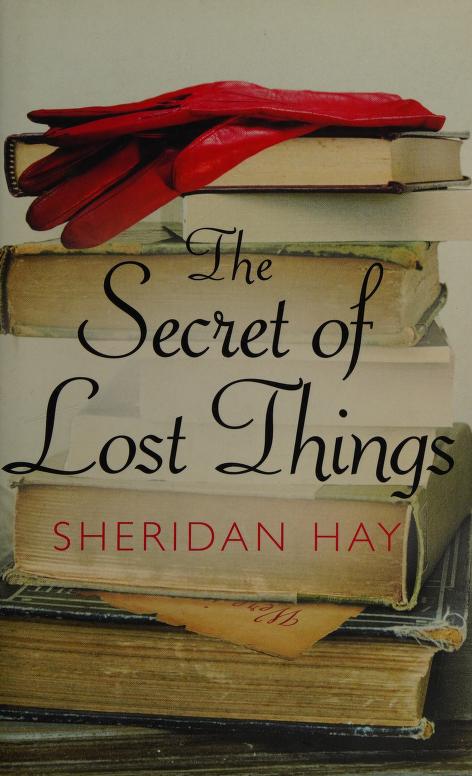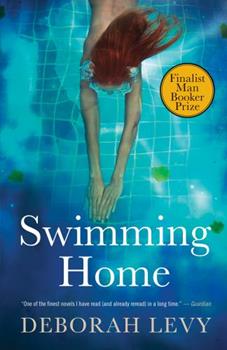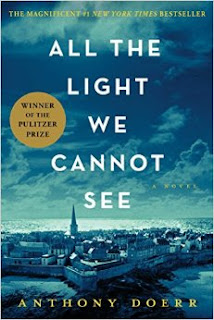In a novel that’s sweetness served up with a side of realism, Walsh explores a small town’s inhabitants desire to live the best version of themselves. When a simple plywood cubicle with the word DNAMIX shows up at Johnson’s grocery story, it causes the good people of Deerfield to behave in outlandish ways.

The machine, which does a quick DNA scan, determines if an individual has lived up to his or her potential. Ordinary townspeople suddenly decide they are meant to be puppeteers, Olympic champions, magicians, or members of royalty.
The townspeople’s gullibility infuriates Douglas Hubbard who feels the machine spits out random occupations. He is flabbergasted and irked to learn that his readout is spot-on. Even though Douglas wants a more exciting life, that of trombone player, the machine tells Douglas his life station is “teacher.”
Douglas has been a teacher for years and it leaves him depleted and exhausted. Every day that he teaches feels like eight days instead of one. Naturally, he is irked to find he is the only person in town given such a prosaic life station.
Most of the characters are humorous and endearing. Pat, Deerfield High’s principal, refuses to swear yet she uses nonsense words that sound suspiciously like swear words. Tipsy is the town’s only cab driver. He drives constantly, taking no money for fares, because it helps him keep a promise he has made to himself.
Father Pete is a good man even if he takes a drink now and then. The mayor nearly abandons his mayoral duties after getting his DNAMIX readout of “cowboy.”
Mixed in with the humor, however, is an unfolding mystery. What happened to the mayor’s son, Toby? Did he die from a DUI accident or was it something even more sinister? Beneath the amusing stories about Deerfield eccentrics, there is a darker story of the mistreatment of a young woman and the unquenched desire for revenge.
In March 2023, The Big Door Prize became an Apple+ television series.

Though I haven’t watched the television series, the novel certainly has comedic moments.









